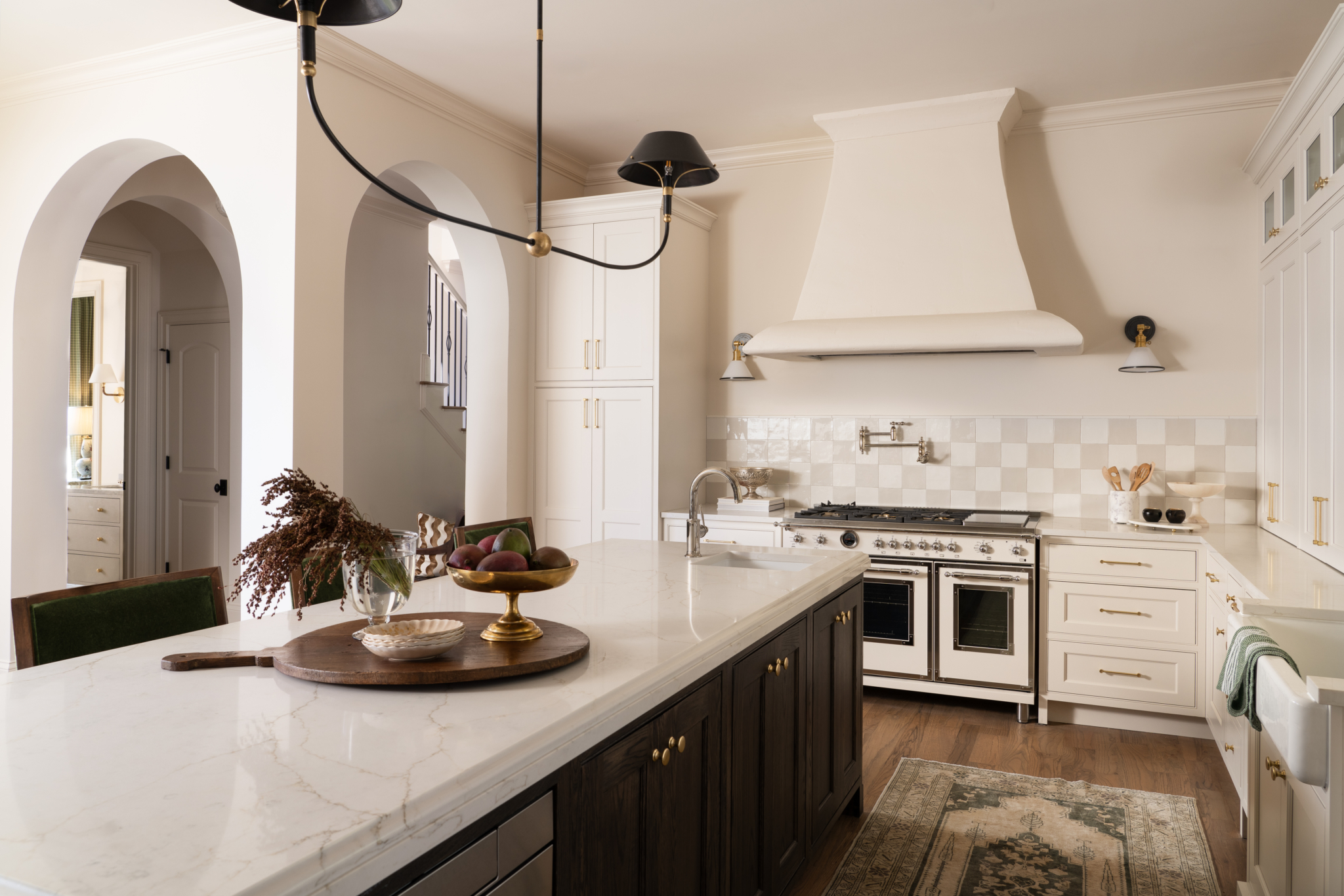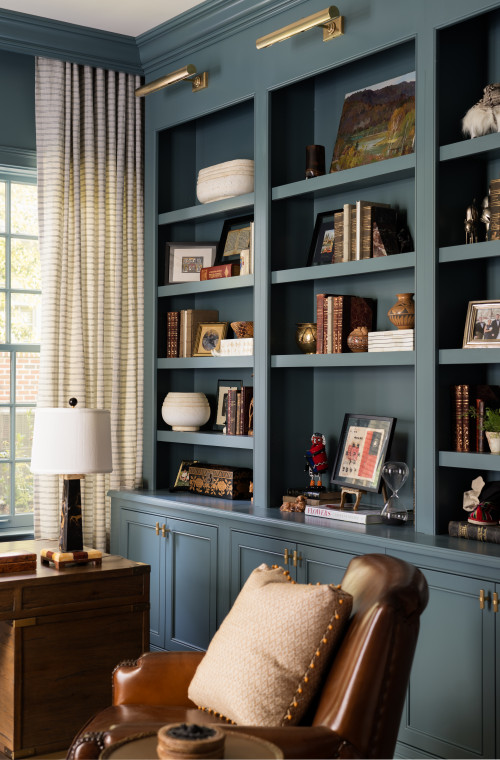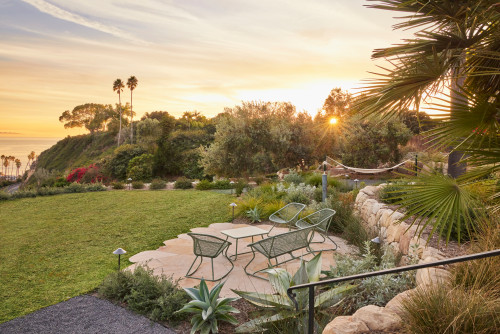Timeless custom details and “quiet elegance” will dominate interior home design next year, according to predictions from Houzz.
Based on Houzz data, home design photos and interviews with design pros, the home design software company offered its forecast for up-and-coming design trends.
Based on that research, here are some interior design stylings we might see crop up in 2026.
Traditional style
Next year’s homeowners will be attracted to the Tudor influence of traditional design styles. Houzz said that impact will be prominent in kitchen design, with features like inset cabinets, plate racks, arched range hoods and warm woods.
Elsewhere in the home, traditional details like arches, scalloped edges, custom millwork and earth tones will also contribute to a timeless and classic aesthetic, Houzz said.
Flat cabinetry
Similarly, flat-panel cabinets and vanities are set to rise in popularity next year. In fact, according to Houzz research, flat-panel cabinetry is the second-most popular style after Shaker.
“Smooth, unframed doors and subtle edge profiles give cabinets a refined, custom look that feels modern yet timeless,” Houzz said. “They’re also easy to wipe clean.”
Built-ins
Whether homeowners need extra storage or simply a place to keep knickknacks, built-in cabinets will be the way to go in 2026. These multifunctional “cabinet walls” will be especially popular for small homes where homeowners want to maximize space and minimize extra furniture.
Built-ins can also be customized by using various wood finishes, paints, stones and metals, increasing the personalization factor that today’s homeowners crave.
Natural stone accents
From countertops to backsplashes, Houzz said natural stones like quartzite and marble will speak to homeowners’ desire for “quiet elegance.”
“The result feels organic and luxurious, pairing beautifully with wood cabinetry, earthy palettes and classic metals,” Houzz said.
Checkers
Houzz reported that searches for “checkerboard floors” jumped 38% year-to-date compared to 2024, while searches for “bathroom checkerboard” designs more than doubled, skyrocketing 103% year over year.
While the classic black-and-white checkerboard is most common, homeowners are also putting their own spin on the timeless pattern with hues like sage, emerald, oxblood and burgundy.
Wall-mounted bathroom faucets
This sleek trend also has practical applications: When faucets are mounted to the wall rather than the bathroom counter or vanity, homeowners are likely to benefit in the form of clear surfaces that are easier to clean than traditional sinks. Wall-mounted faucets also increase countertop space in small bathrooms, and pair nicely with custom or oversized sinks.
Furthermore, Houzz said faucets are the No. 1 feature upgraded in typical bathroom renovations, so there’s a high likelihood wall-mounted faucets will pop up in bathroom upgrades this year.
Art deco shapes and textures
Bold, geometric designs like chevrons, sunbursts, zigzags and stepped shapes are making a huge comeback as of late — and Houzz said that will continue into 2026.
Expect to see lacquered surfaces, metallic accents, jewel tones and mirrored surfaces, or any other details that walk the line between “historical sophistication” and modern sensibility.
Warm yellows
Speaking of gem tones, Houzz said that deep, warm yellow tones are increasingly popular among designers. From ocher and topaz to mustard or honey, warm-toned, earthy yellows are unseating buttery or citrusy yellows in interior design.
From upholstery to accents, warm yellows will be center stage in 2026 — especially when paired with rich shades like rust, burgundy and caramel.
Outdoor garden rooms
Continuing a growing trend of recent years, outdoor garden rooms will help homeowners blur the boundary between interior and exterior.
The concept of a “garden room” doesn’t actually refer to a room, though — Houzz is talking about the trend of distinct zones that split outdoor areas into “destinations.” Think reading nooks, dining patios, play lawns and gardens, all surrounded by as much greenery as possible.
Houzz even said this design trend can make outdoor spaces appear larger by “[creating] a sense of discovery even in compact yards.”





